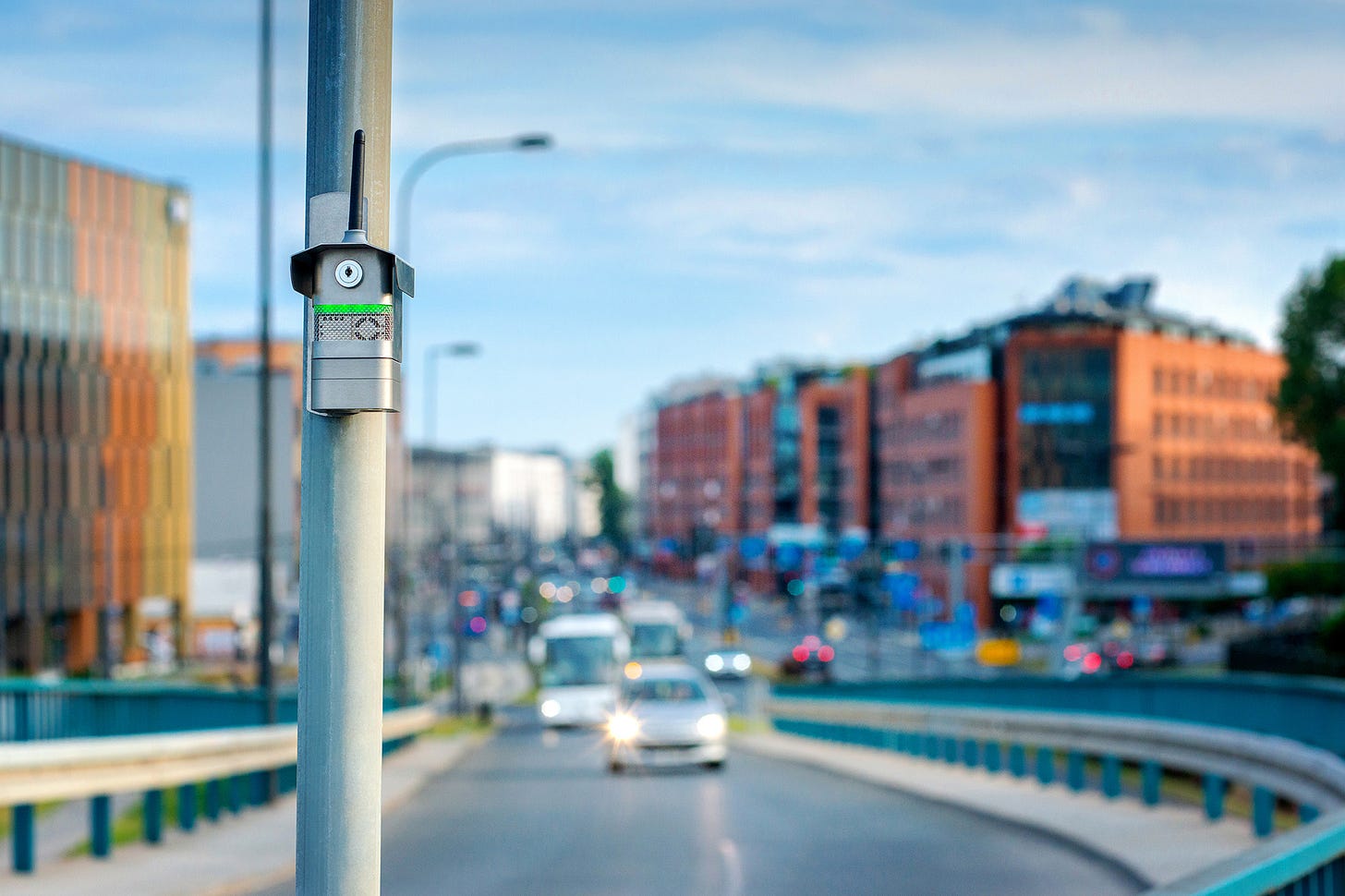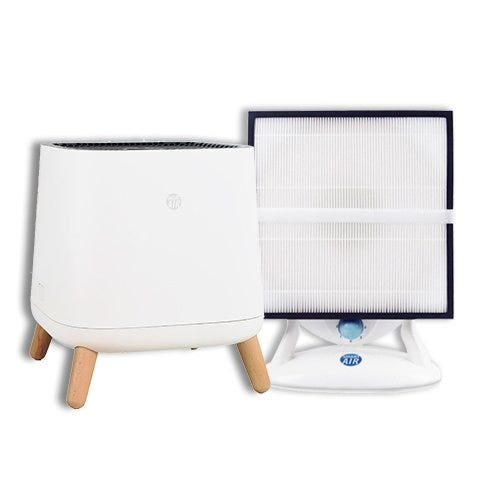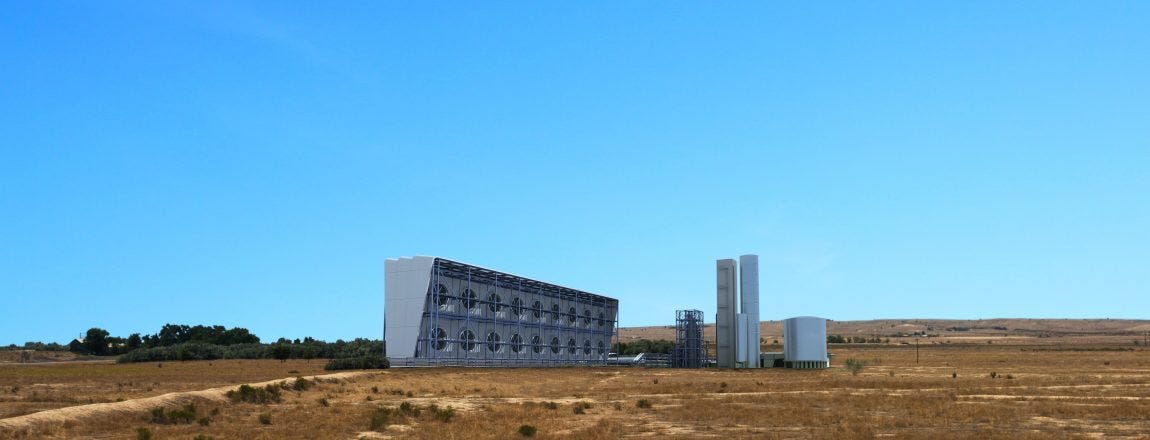My favourite food is under threat
This hugely popular meal might be gone in a few decades
Sushi is one of my favourite food.
I am always up for these Japanese, bite-sized, rice-based dishes.
Luckily, Toronto has a lot of vegan Sushi options as well.
If you are here, you should definitely try Tenon Vegan Sushi.
But it looks like the two main components of Sushi- fish and wasabi, are under threat.
Reason- like everything else, climate change.
In Japan, skipjack tuna or katsuo, a fish that is a crucial part of sushi, is under threat.
Fishermen have been noticing an unprecedented number of unusually fatty katsuo.
They think the reason behind this is the increasing temperatures of water, which is linked to climate change.
A fatty fish would mean more money initially but they believe this is a threat to the species
Wasabi, a pungent condiment for sushi, is under threat as well.
It needs a year-round temperature of 10-15C and the rising temperatures are impacting its production.
Well, today it’s Sushi, tomorrow, it could be some other food.
Have you seen your favourite food being impacted by climate change?
In this week’s edition, I have 3 startups that are building innovative solutions to tackle air pollution
Air pollution is a global crisis…From the west coast cities in the US to industrial cities in India and China, air pollution is omnipresent. The problem is especially pronounced in emerging markets. For instance, 93% of people in Indonesia live in areas where the pollution levels exceed WHO guidelines. Capital Jakarta, which is home to ~11 million people, has levels 6 times higher than the guidelines. As a result, its citizens’ life expectancy reduces by ~4.8 years.
Data-based decision-making…American-Polish startup Airly believes that for the governments, companies and individuals to take action against air pollution, they need to understand the quality of air that their communities breathe.
Airly’s sensors and software provide accurate, ultra-local, predictive air quality data.
They share information about particulate matter, and emissions like NOx, SOx, methane and carbon monoxide.
Through sensor miniaturization, it can monitor more pollutants with greater accuracy, at a lower cost and in more places.

Over 10k data points in 30 countries…Local governments and cities like Berlin, Jakarta, Krakow and corporations like Philips, PwC, Motorola and Veolia count themselves as Airly’s customers. Individuals can access the air quality data of ~4500 locations via Airly’s app. This can help them decide the best time to indulge in outdoor activities.
The cost of clean air…The impact of air pollution on human health is devastating- strokes, heart & pulmonary disease, lung cancer and acute respiratory infections. An estimated 8.7 million people are killed every year due to air pollution. The worst affected people are from the urban areas in middle and low-income countries.
A simple, cost-effective solution…In the world’s most polluted cities like Delhi and Beijing, air purifiers act as an essential protective measure. Smart Air’s founder Thomas Talhelm realized during his research that air purifiers are essentially a combination of fans and filters and companies have been charging an obscene amount by selling it as ‘proprietary’ technology.
He set out to change that notion and started Smart Air- a B Corp certified social enterprise(addressing environmental issues while being profitable).
It provides simple, affordable purifiers to the masses.
The purifiers have protected ~100,000 people in more than 30 countries to date.
Still can’t afford it? No problem…The Smart Air team also sells DIY kits(tools, fans and filters) for you to build your own air purifier(in just 15 minutes). To dispel myths about air pollution, the team has created an extensive list of articles. To protect more people from the harms of air pollution and as part of their social mission, they also run DIY workshops for NGOs, companies, schools and other organizations.
Planting trees won’t cut it…We’ve got only a short window to reduce emissions to avoid the worst impacts of climate change. To achieve that, the world needs to emit far less carbon and take out much of what's already there. We need to get 5 gigatonnes of carbon out of the atmosphere by 2050. Now there are natural ways to do that(planting trees, restoring wetlands) but they won’t be sufficient. We need technological solutions to suck CO2 out of the air.
Direct Air Capture(DAC)…DAC has proven to be a promising technology in this field. It can remove a ton of carbon at ~$200 and then store it underground. Using this, Canadian startup Carbon Engineering pulls CO2 out of the atmosphere and sequesters it far below the earth’s surface.
The captured CO2 can also be used to make marketable products- from bottling soda to fuels.
At its pilot plant in Squamish, Canada, CE is already converting CO2 into fuel.
Many companies also use CO2 to force more oil to the surface.
Carbon Sequestration-as-a-Service…But to meet our net-zero carbon targets, we need thousands of CE factories to suck CO2 out of the atmosphere- which would require huge financing. It needs organizations with deep pockets to fund CE’s factories. In return, these organizations will receive carbon credits that can be sold in the voluntary carbon credit market.
🙋Trivia of the week
“Build the best product, cause no unnecessary harm, use business to inspire and implement solutions to the environmental crisis.”
This is the mission of this American outdoor clothing brand started by Yvon Chouinard, who has also written the famous book Let My People Go Surfing: The Education of a Reluctant Businessman
The brand name also refers to a geographical region that encompasses the southern end of South America, governed by Argentina and Chile
Can you guess which brand are we talking about here?
Thanks for reading today’s edition. If you liked it, please share it with your network.
Hit that 💚 if you liked today’s edition.
Thanks and see you next week😄







